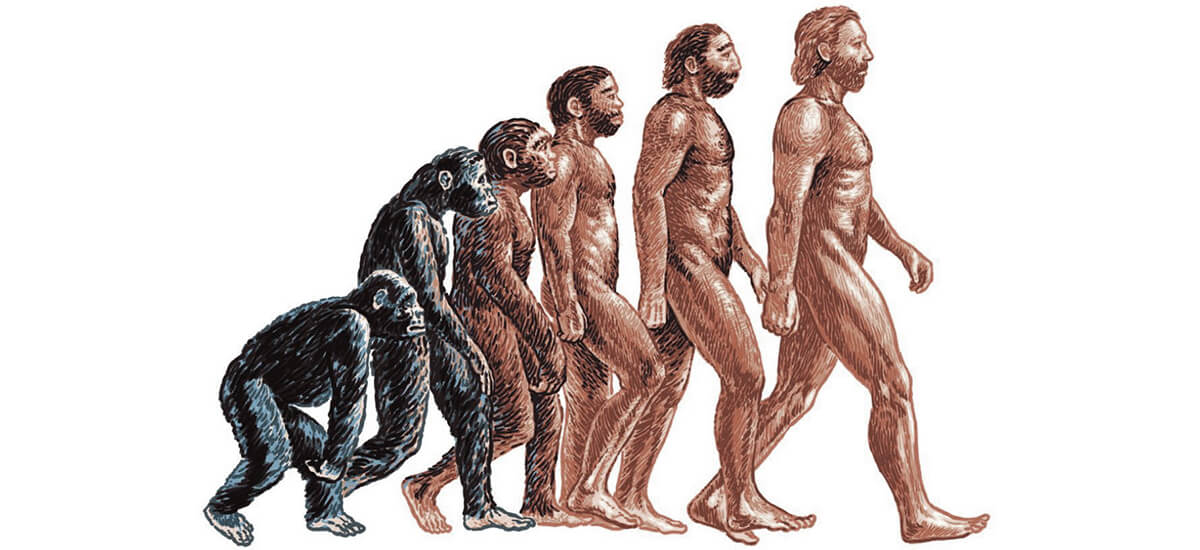Imagine this.
You made an app, added all the features that you thought your users needed in it. You thought your app is the great problem solver of the mobile world. Everything was on point – the design, the flow, everything.
But users didn’t install your app. All money and time that you had put in building the app, went south. Bummer.
You have no idea what went wrong, where did you lack in telling people about the app.
I’ll tell you what’s happening.
You haven’t invested time in making an MVP.
Small acronym but huge impact.
Come on, let’s settle this while there’s time. Let’s see what MVP is, how you can build one and what the ideal process is.
Read: MVP or EVP: What is the Right Option for Your Startup?
But before you start, do have a look at our mobile application development guide to understand what checklist you need to maintain, what mistakes you need to avoid, how to choose the right mobile app development technology, and yes, how to choose the right mobile app development company which is must to start working on MVP development ASAP.
What is Minimum Viable Product?
In the simplest terms, MVP is the version of an app that gives value to users and insights on the users to you. It is the first step towards ensuring the success of the app.
Having trust issues? Read this.
So suppose you have food delivery app and you have analyzed that there is problem that is faced by your target audience. Now, what you do is introduce the solution as a feature in your app and run it by some of your target audience to judge if at all it is a problem, firstly and secondly how they are reacting to the solution you are offering.
The idea behind creating an MVP is that through this, companies get an idea of how their features are being accepted, before they roll out their whole app.
Brands like Dropbox, Airbnb, Buffer, etc. started as an MVP and have today become some of the highest revenue generating establishments of the world.
Now, before I take you too deep in the world of Product versions that can save you spending & efforts in in collecting validated learning about your target audience, let us first visit the basics.
We already covered what Minimum Viable Product is and how it has made brands out of startups. And I am sure if you are here, you already know how MVP is a great place to start when you want to test the waters.
It’s great that you have come this far. But next is the process where I have seen our clients struggle.
You know you need an MPV and while Minimum and Product are two easily comprehensible words, how do you define what Viable is? How do you decide the viability factor in the eye of your MVP’s selling capability?
Will let you in on the secret, right now.
The idea is to give them a product that is different from what they are used to but still is imparting value to them. Blend minimum with viable in a way that people won’t have to think much before experimenting with it.
How do you do that? How do you create a version that has the glimpse of the solution that you are offering to the bigger problem?
[DISCLAIMER: Check out the top 21 ways to validate your minimum viable product.]
Here’s how –
Steps to Build a Minimum Viable Product
1.Buyer Persona
The first rule of building or designing an MVP is to know whose problem you are targeting.
I recently worked on building an MVP for an Uber like app where there were many users, each with their set of needs. But since we were starting on, we sticked with the major players – Commuters.
When it was settled that is the commuters whom we are making the MVP for, we moved on to noting their pain points and converting them into opportunity statements. To finish the stage, we highlighted the ways our app could solve their xyz problem.
Now irrespective of what your app is, focus on one category of people with their set of issues. If you start mixing your user persona, the MVP will fail to solve its purpose. Keep them separate for a clearer objective.
2.The Have to Have Features
When you are creating an MVP, it is easy to get carried away and confuse between what features to add – the ones that tells the users of the purpose of the app or the ones that differentiates you from the rest?
The answer is none.
Your fight here is between what your users want and what they need. While what they want could be a lot of things but what they need is what should the basis of your app’s MVP. Pressing on it further, let’s look at this example –
What users want from an on demand cab service app is that the driver picks them on the correct location, a number for them to contact on, and the payment details of the ride. But now what the want is to be able to change the location or be able to see the photo of the driver.
See the difference? So what do you do?
The features that you add in the MVP should be a blend of what they primarily need from your brand and what they want that your competitor is not giving them.
3.Release and Repeat
After adding Minimum Viable Features in your MVP, the next step is to release it in the market and see how people are reacting to it. Then keep adding/removing features and testing the market.
All three of the steps mentioned above are not a one-time event, they are a continuous process that is advised to be followed every time you are going to throw a bunch of different features that you are not sure how your users would take.
With this, you now know the steps involved in building a Minimum Viable Product.
Now even though you know the steps involved, how do you ensure that what you are doing will get you the best results? How do you know that even after making an app with calculated features, it will make sense to the users?
There are three methods that we have been following when building MVP for our clients – User Stories, Design Sprints, and Lean Canvas.
Let me throw a little light on them for you.
Design Sprints
A Design sprint is one of the most time-constrained processes that we have worked on when building MVPs. By keeping the Build and Launch phase out of the picture, the five-phase process uses prototyping, design, and testing ideas to lower the risk when bringing a new service, product, or a feature in the market.
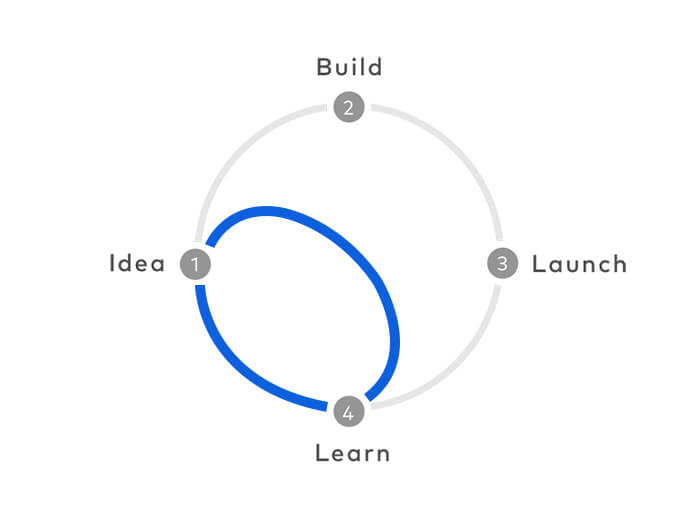
This is how you create an MVP using Design Sprints –
- Map out the issues and pick area to focus on
- Sketch solutions on a paper
- Turn solutions in hypothesis
- Make a high fidelity prototype of the solution
- Test it on your users
MVP User Story Mapping
You know how the only way to create an app that is used and loved by millions is to create value to the users. You cannot offer experience when you are too focused on features. Features don’t create value. Features linked together in a sequence creates experiences and value.
But how do you create an MVP based on User Stories? This is how –
- Note all the different user stories that your app ends up having
- Rate the stories according to difficulty of execution and value. Take help of focus groups or your gut feeling for this.
- Out of the high priority stories, drill down to come to a level where you are left with only the features that you must develop.
Lean Canvas
After User Stories, Lean Canvas is the method we use to build MVP for our clients. What we do is in line with the typical Lean Canvas business model. The idea is to dissect a user story using 9 defining blocks, which can also be seen as a checklist. And whatever feature sieves down at the end of it, becomes fit for MVP.
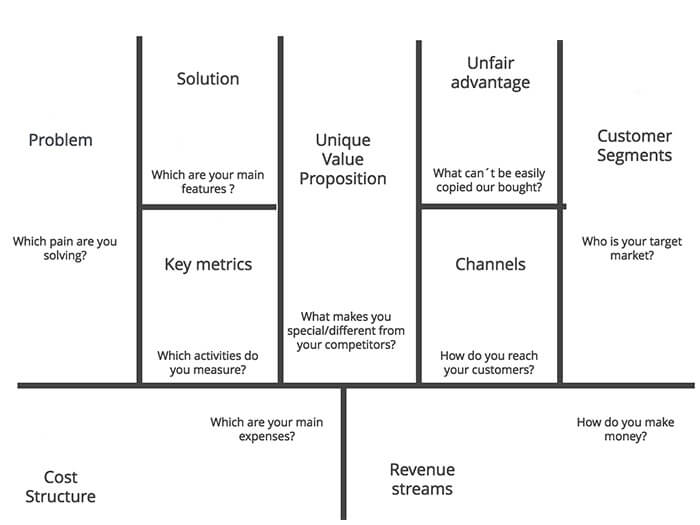
Here are the nine blocks –
- Top Problem
- Probable Solutions to the Top Problems
- Your USP
- Your Competitive Advantage
- Target Audience
- The Key Measuring Areas
- The Channels to reach your Customer
- List of variable and fixed Costs
- Your Source of Revenue
These are the three models that we swear by when developing MVPs, but you can find a lot more alternatives. So implement the ones that suits your goal best.
Also check out the cost to build an MVP before you get started
With this, you know all about MVP, at least so much so that you can have a conversation about it with your app development company. In the end, the only thing to remember is that the underlying principle behind a Minimum Viable Product is to learn quickly with minimal investment.
You must also check “how can your business approach a successful MVP launch on software development”.
So ensure that whatever process you follow, this remains intact.


Excellence Together
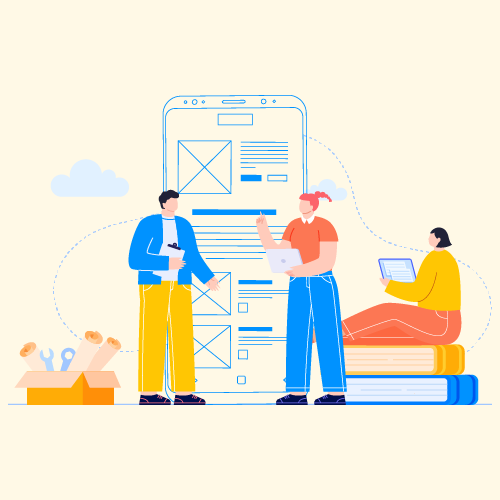
What is the Role of a Product Designer in App Development
The role of a Product Designer in app development has evolved over the years and the scope of their work has grown dramatically. In this rapidly changing digital world, with more advanced projects coming up, the need and engagement that a product demands is ever-growing. For a holistic, UX driven development, extending the engagement of…
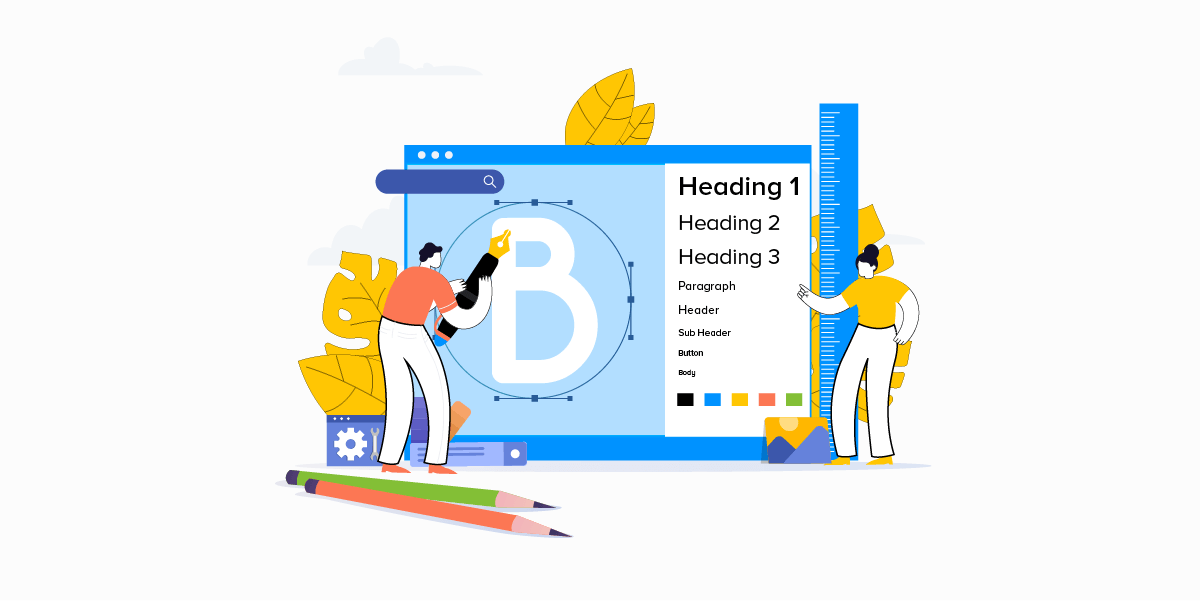
A Comprehensive Guide on Typography in App UI Design
“The text is too big.” “The words are placed too distantly.” “The words are not going with the image!!” Such comments have been passed continuously ever since the day user experience established itself as a crucial element of the mobile app design industry. Typography is ubiquitous! You look anywhere, from books to websites to your…





